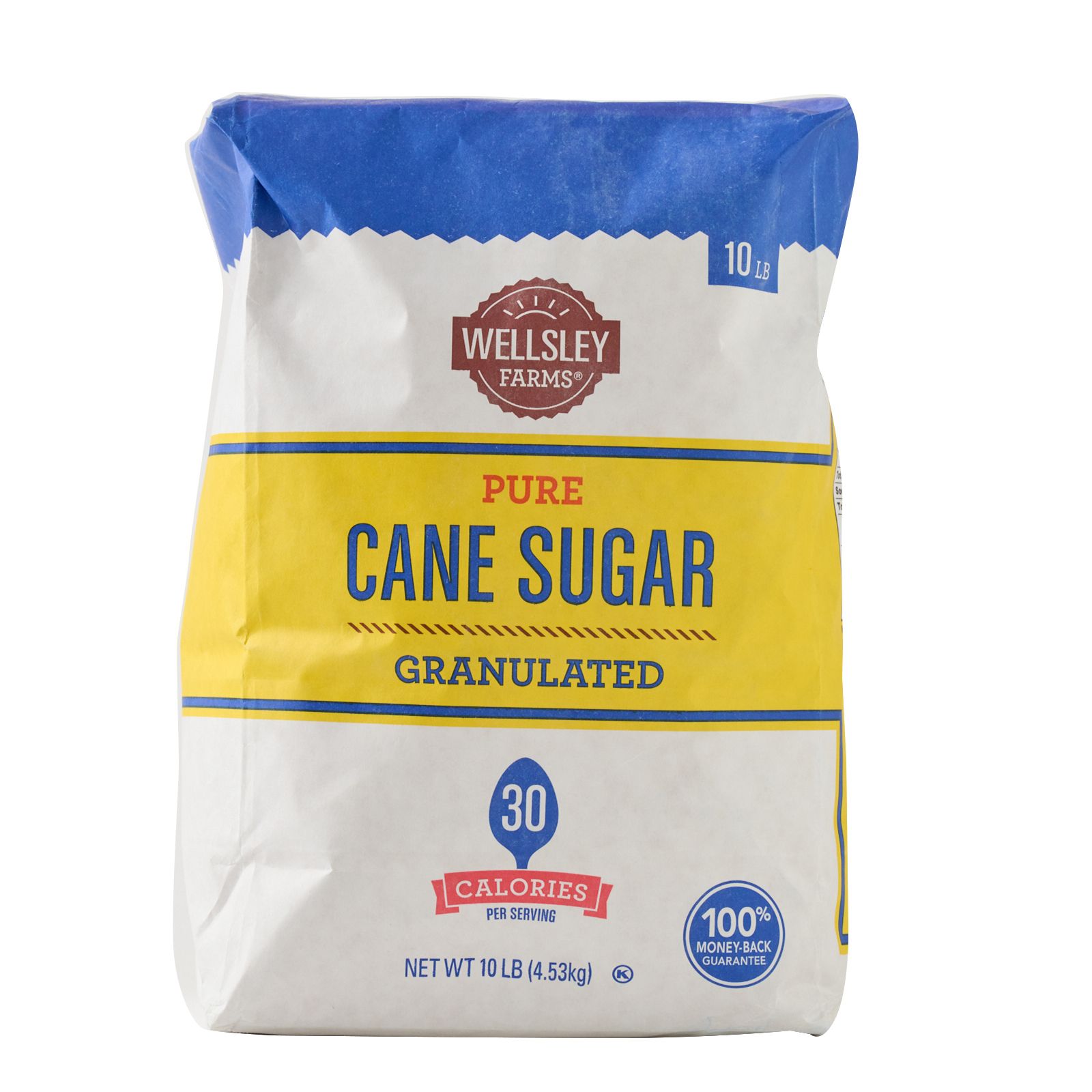Cane Sugar Processing: From Field to Table-- A Step-by-Step Overview
Cane Sugar Processing: From Field to Table-- A Step-by-Step Overview
Blog Article
Comprehending the Critical Techniques and Technologies Employed in Modern Cane Sugar Handling
The development of cane sugar processing has actually been considerably shaped by the assimilation of advanced methods and modern technologies that resolve both efficiency and sustainability. As we discover these crucial advancements, it ends up being essential to examine exactly how they not only improve production however also straighten with wider sector patterns and consumer demands, increasing inquiries concerning the future of sugar handling and its ramifications for worldwide markets.
Historic Context of Cane Sugar Processing
The historical context of walking cane sugar processing reveals an abundant tapestry of agricultural development and cultural exchange that has actually shaped its development over centuries. The procedure of extracting and fine-tuning sugar acquired energy in India, where methods for formation were refined around the Sixth century.

Advanced Removal Techniques
Effectiveness in walking cane sugar extraction has seen considerable innovations, driven by the need for greater yields and lower production expenses. Standard approaches have actually developed, paving the way to cutting-edge technologies that enhance the effectiveness of the removal procedure. One noteworthy innovation is the use of enzyme-assisted removal, wherein details enzymes break down cell walls and launch even more sucrose from the cane fibers. This method not only increases sugar return but also minimizes the power required for processing.
Furthermore, the adoption of membrane layer purification modern technologies, such as nanofiltration and reverse osmosis, has actually revolutionized the splitting up of sugar from impurities. These methods permit the careful permeation of sugar molecules while maintaining larger contaminants, enhancing the extraction procedure and reducing waste.
Moreover, the integration of continuous extraction systems has brought about boosted operational efficiency. Cane Sugar Processing. These systems maintain a consistent circulation of walking cane product, making certain optimum extraction problems and lowering downtime related to set handling
Innovative Refining Technologies
Refining methods in cane sugar handling have undergone a transformative shift, driven by the need for greater pureness and improved product top quality. One of one of the most notable advancements is the fostering of membrane filtration innovations, such as ultrafiltration and nanofiltration. These procedures successfully remove contaminations and colorants without the demand for comprehensive chemical therapies, thereby protecting the sugar's all-natural taste and boosting its charm.
Another significant innovation is using ion exchange resins, which allow for careful removal of undesirable ions from sugar services. This innovation not only enhances the general purity of the final product yet additionally contributes to reduced waste and environmental impact.
Furthermore, improvements in adsorption strategies, making use of triggered carbon and other innovative products, have proven efficient in decolorizing sugar solutions while keeping optimum high quality. The integration of these cutting-edge refining modern technologies makes certain that manufacturers can generate polished sugar with remarkable Discover More quality and taste, satisfying the advancing choices of consumers.
Automation and Control Equipment
Recent advancements in refining technologies have led the way for significant renovations in automation and control systems within walking stick sugar processing facilities. These systems utilize innovative software application and equipment to improve functional performance, reduce human error, and ensure constant item high quality.
Modern automation integrates different components, consisting of sensors, actuators, and programmable logic controllers (PLCs), making it possible for real-time tracking and control of essential procedures. For example, temperature, stress, and circulation prices can be precisely controlled during removal, explanation, and formation phases, enhancing efficiency and lessening waste.
Additionally, advanced information analytics and equipment discovering formulas play a crucial function in predictive maintenance, enabling operators to prepare for devices failures prior to they happen. This aggressive approach not only minimizes downtime but additionally expands the life expectancy of equipment.
In enhancement, automation helps with the execution of Sector 4.0 concepts, empowering sugar mills to accomplish better connectivity and information exchange across processes. As a result, decision-making ends up being even more nimble and educated, eventually improving the total competitiveness of walking cane sugar production. With these advancements, the sector is well-positioned to meet growing global demands while preserving operational excellence.
Sustainability Practices in Sugar Manufacturing
Sustainability techniques in sugar production have become increasingly vital as the market looks for to balance economic viability with ecological obligation. As customer awareness click now grows pertaining to the environmental effects of farming methods, sugar producers are embracing cutting-edge techniques to minimize their eco-friendly footprint.
One considerable method is the implementation of precision agriculture techniques, which use data analytics to optimize source use, such as water and fertilizers. This decreases waste and reduces the effect on regional ecological communities. Furthermore, numerous producers are transitioning to renewable resource resources, such as biomass from sugarcane byproducts, to power their procedures, consequently reducing dependence on fossil gas.
Water administration methods are likewise important; rainwater harvesting and reliable watering important link systems aid reduce water shortage issues. Cane Sugar Processing. Additionally, incorporated parasite monitoring techniques decrease chemical use, advertising biodiversity and soil health
Business social responsibility initiatives are emerging, with companies buying regional neighborhoods and ensuring reasonable labor practices. By accepting these sustainability practices, the sugar sector not just enhances its track record yet additionally contributes to a more lasting farming landscape, leading the means for future generations.

Verdict
In recap, modern-day walking cane sugar processing includes a range of sophisticated techniques and innovations that dramatically improve sustainability, performance, and return. Jointly, these advancements place the walking stick sugar sector to meet contemporary needs while addressing important international challenges.
The evolution of walking cane sugar processing has actually been considerably formed by the assimilation of advanced techniques and innovations that address both performance and sustainability.The historical context of walking stick sugar processing reveals an abundant tapestry of farming advancement and social exchange that has actually formed its advancement over centuries. Innovations in milling and refining arised, laying the foundation for modern cane sugar handling.Refining techniques in walking cane sugar handling have undergone a transformative change, driven by the need for greater pureness and boosted product high quality.In summary, contemporary walking stick sugar handling includes an array of sophisticated techniques and modern technologies that significantly improve return, sustainability, and effectiveness.
Report this page